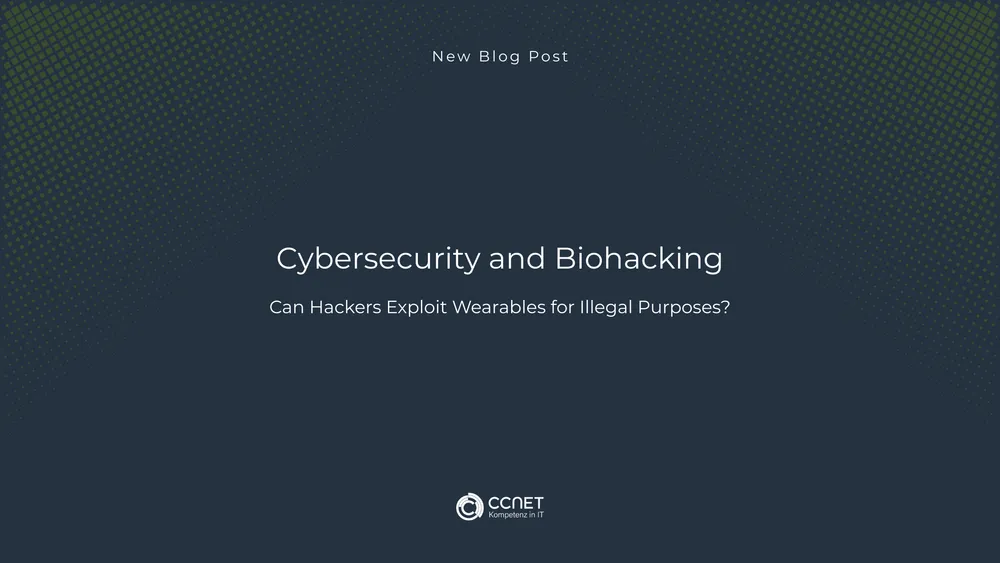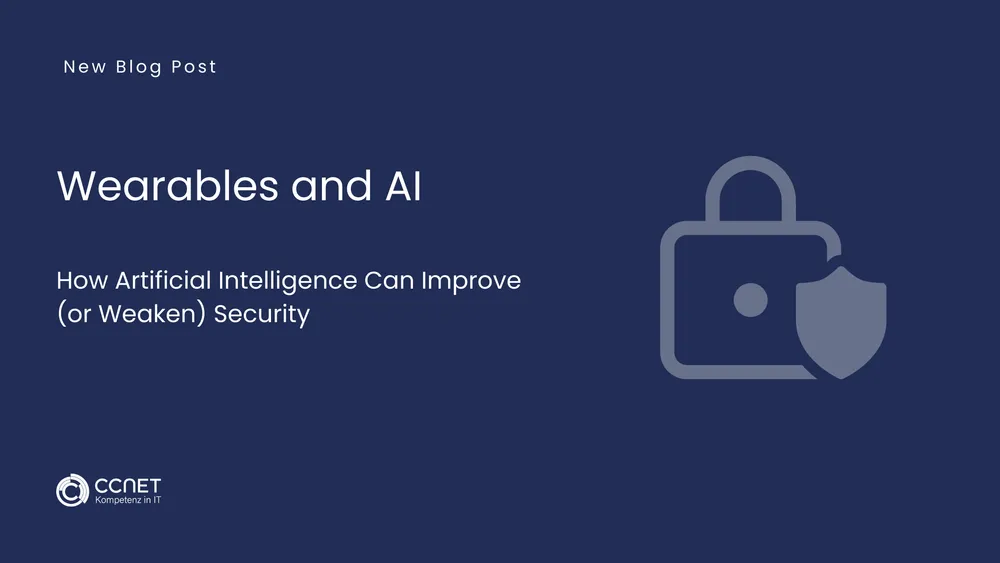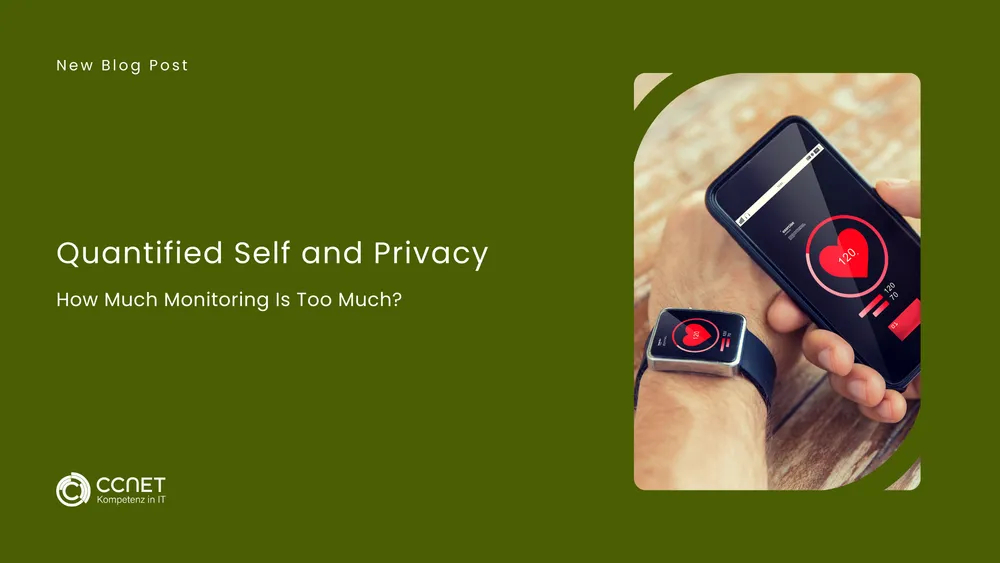
CCNet
Aug 18, 2025 • 2 min read

Blockchain for Health Wearables: A Future-Proof solution or just Hype?
Blockchain is one of the most discussed technologies of recent years—especially when it comes to security and data integrity. As wearables collect increasingly sensitive health data, some manufacturers and developers are turning to blockchain solutions. But is the decentralized ledger really suitable for wearables? Or is its use more hype than added value? This article evaluates the pros and cons of using blockchain in the context of digital health devices.
1. What Is Blockchain and How Could It Help Wearables?
Blockchain is a decentralized, tamper-proof database. Each data entry is stored in a block that is cryptographically linked to the previous one. Once data is recorded, it cannot be changed unnoticed.
Potential benefits for wearables:
- Data integrity: Health data can be stored in a way that cannot be subsequently altered.
- Decentralization: Reduces reliance on central servers and associated risks of single points of failure.
- Auditability: Enables clear traceability of who accessed or modified data and when.
- User control: Users can manage access to their data via smart contracts.
2. Where Does Blockchain Reach Its Limits in Wearables?
Despite its benefits, blockchain also faces several challenges in wearable applications:
- Storage and performance: Wearables have limited storage and computing power, making it difficult to store or process blockchains locally.
- Energy consumption: Some consensus algorithms (e.g., Proof-of-Work) consume enormous resources—unsuitable for battery-powered devices.
- Data privacy: Blockchain is transparent by design—once data is stored, it can be viewed by all participants unless encrypted or anonymized.
- Scalability: Large volumes of health data could quickly overload the blockchain.
3. Realistic Use Cases for Blockchain in Wearables
a) Tamper-proof health records
Wearables can store hashed data entries on a blockchain to prove their authenticity. The actual data remains off-chain, but its integrity can be verified.
b) Access management via smart contracts
Blockchain-based access control can allow patients to define exactly who can view which data and for how long. This increases transparency and control.
c) Interoperability between healthcare providers
Blockchain enables a standardized and secure way to share health data across different institutions—without central storage.
4. What Must Be Considered in Implementation?
- Hybrid architectures: Only metadata or hashes should be stored on the blockchain, while the actual health data remains securely off-chain.
- Encryption and anonymization: Health data must be protected to prevent unauthorized access.
- Energy-efficient consensus: Use Proof-of-Stake or similar methods to reduce energy consumption.
- Legal considerations: GDPR and HIPAA compliance must be guaranteed, especially regarding the “right to be forgotten.”
5. Conclusion: Blockchain – Useful Supplement, Not a Cure-All
Blockchain can provide important security functions in the world of wearables—but only as part of a broader security strategy. Its potential lies primarily in data integrity and decentralized access control. However, practical limitations such as performance, energy use, and privacy concerns mean that blockchain is not the right solution for every wearable application. It’s not a miracle technology—but a powerful tool when used wisely.


